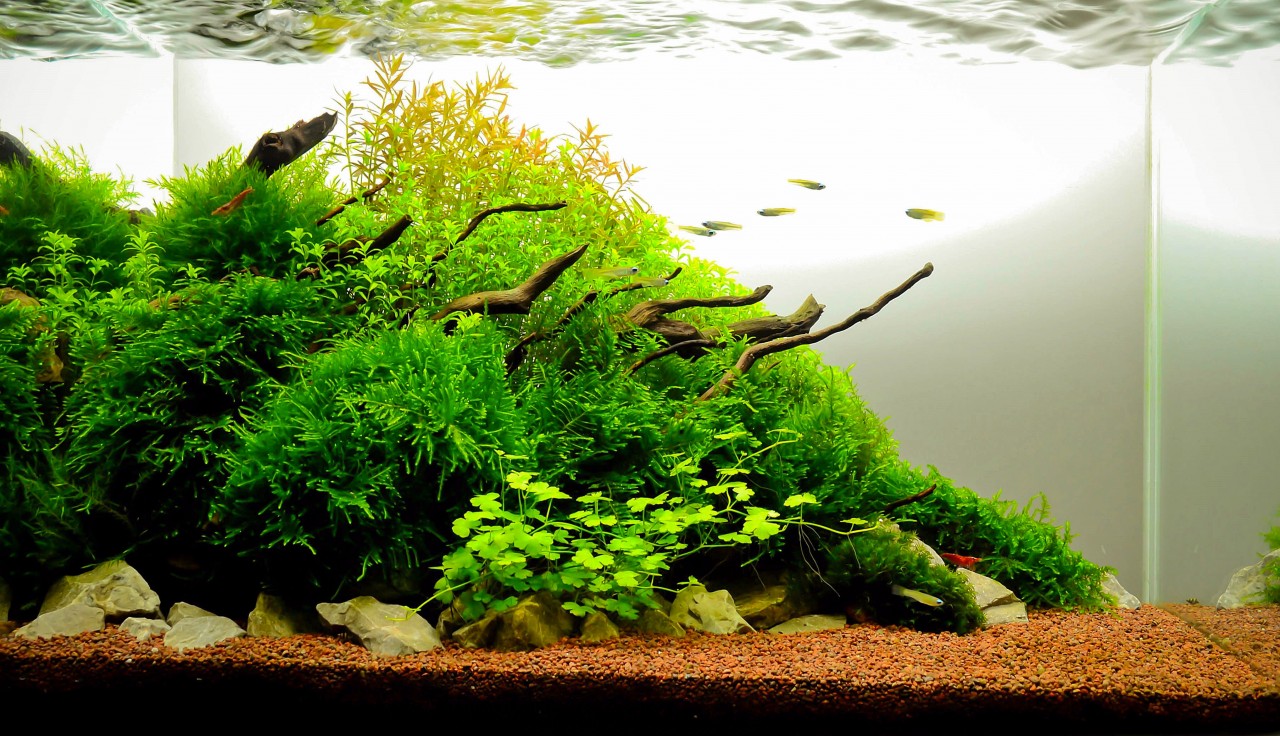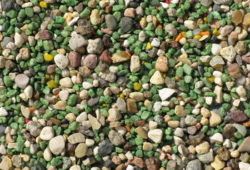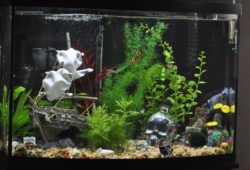Aquarium Layouts
In the article you will find some basic information on Aquarium Layouts. If you’re initial setting up a freshwater or marine aquarium, possibilities are you’re thinking most regarding the animal life you’re eager to stay there — whether or not fish or some kind of invertebrate life. Watching fish swimming around, interacting with each different and with alternative life forms, is one of the most important attractions of getting an aquarium, and indeed a lot of of how we have a tendency to set up an aquarium depends on the kinds of fish and alternative animal life we tend to need to raise.

But, some thought should additionally go into layout matters — creating the environment for your fish and alternative animal life. This involves everything from your substrate material to rocks, show ornaments, and plant life. And indeed your alternative of plant life can play a giant role in determining your filtration, lighting, heating and other hardware matters.
For freshwater tanks, gravel is the most widespread substrate material. Sand is another possibility, though sand compacts tightly, and it might be difficult for your plants to unfold their root systems. If you like the design of sand, you might think about a dual-layer substrate, with sand on the prime (concerning two inches in thickness) and a bottom layer that’s rich in nutrients and looser in structure, allowing your plants’ root systems to grown. Vermiculate, that could be a mixture of aluminum, iron, and magnesium, is a perfect choice. You’ll be able to additionally mix the vermiculate layer with another compound such as laterite, that could be a porous, weathered clay; laterite has high concentrations of iron oxide, and holds nutrients that plants require.
For saltwater systems, particularly reef tanks, crushed coral may make a good substrate choice. Crushed coral will still release calcium carbonate into your tank, which will promote new growth in your coral. Crushed coral can also facilitate your tank water maintain a high pH level, required by marine fish. Aragonite is another risk; this compound is stuffed with beneficial bacteria and other organisms, and is wealthy in calcium carbonate as well.
As for planting your aquarium, your choices are endless. The layout of aquatic gardens has become an art form, and international competitions are held for the most innovative designs. You’re solely limited by your imagination, but there are a few pointers to stay in mind.
Most tank layouts are designed with a foreground, middle ground, and background in mind; if you’re planting several sorts of plants, the tallest plants ought to typically be within the background and therefore the shortest in the foreground. As your plants grow, some trimming might be necessary to keep the overall design in balance — simply like you have to prune bushes in front of your house. Stem plants tend to grow quickly and build better background plants; ferns, on the other hand, are slow growers, taking a very long time to become dense.
The middle ground ties the background and foreground along; here, you would be possibly to put rocks and driftwood furthermore selected plants. Stem plants are usually not acceptable here; keep those within the back. Numerous rosette plants will be appropriate for your middle ground; ferns and alternative plants that like to connect themselves to rocks and driftwood will conjointly work in this area.
Rummage around for slow growers. You can maintain ferns and rosette plants by trimming back large leaves and separating runners, if they’re growing toward areas where you don’t want the plant to spread. One straightforward fern to plant is that the java fern; you’ll be able to wedge its roots into a crack in some driftwood, and it will gradually begin to proliferate.
Low-lying plants within the foreground can want the most frequent trimming; if you wish additional of an occasional-maintenance tank, you’ll leave the foreground further from plants and layer your substrate with a light-coloured, natural-wanting cosmetic sand.
Marine reef tanks present entirely different sorts of challenges, as a result of the focus of your tank can be rock formations and coral rather than green plants, though you’ll be able to add lots of inexperienced plants as well to feature beauty and interest to your tank layout. As you initially lay in your substrate material — whether sand or crushed coral — you’ll also need to put in “live rock”: straightforward rock (primarily calcium carbonate) that contains many kinds of micro- and macroscopic marine life.
Your coral will be anchored to measure rock, which conjointly serves as a biological filter for your marine tank. The live rock pieces can lie directly on top of your substrate, or better, directly on the underside surface of the tank, therefore that it becomes partially buried by the substrate. This manner, any burrowing creatures won’t be ready to dislodge the rock and something growing on it.
Do not overdo it with live rock, and do not stack the rock items on prime of every different; one general rule of thumb is to place around 1.35 to 1.five pounds of live rock for every gallon of water in your aquarium.
You may most likely build your reef toward the center of your tank, permitting for sufficient water flow around the reef plus through any canyons or tunnels you build in. You will want to think about the fish and mobile invertebrates, along with immobile invertebrates, that you plan to position in your tank.
Several marine fish are aggressive; even if you’ve got already set on a suitable combine of fish that can get generally get along, a number of these fish might want caves or hiding places, thus be positive to build in plenty of nooks and crannies. And invertebrates that tend to settle down in one place, like ocean anemones, would like adequate current passing by however not direct current, which could be too strong. So if you intend to buy ocean anemones, be certain to build in adequate house for them.
There are various considerations in laying out your aquarium design, but with careful forethought and planning, you’ll be able to build a beautiful aquarium surroundings that can provide you pleasure for years.



